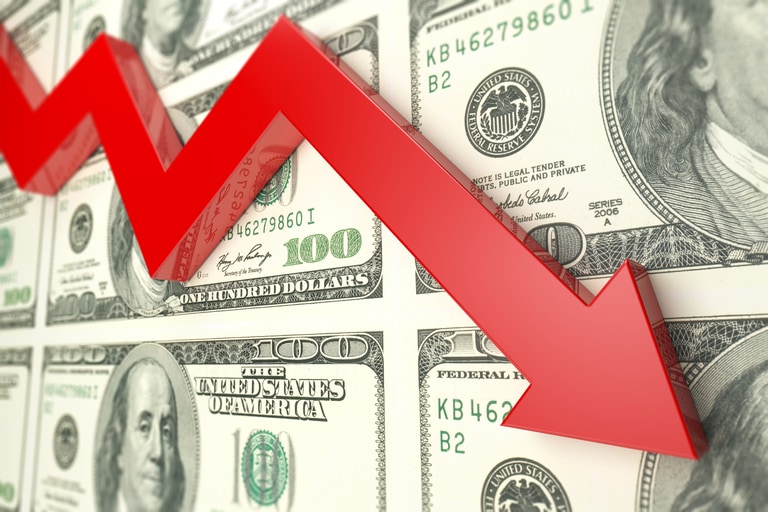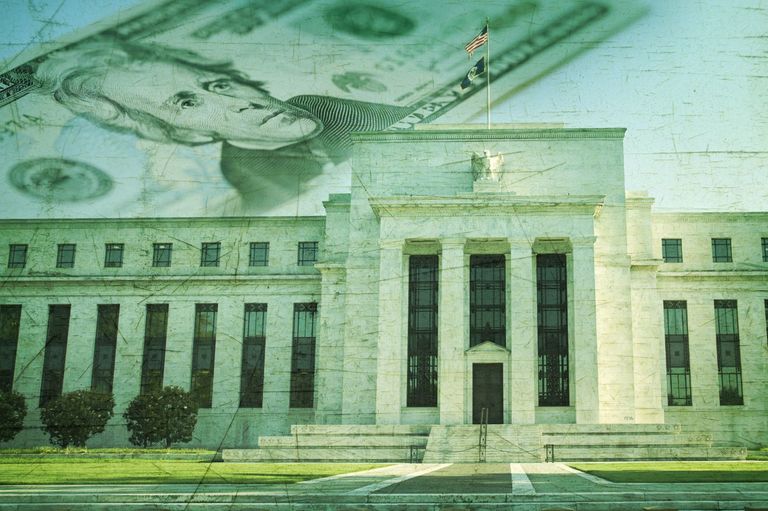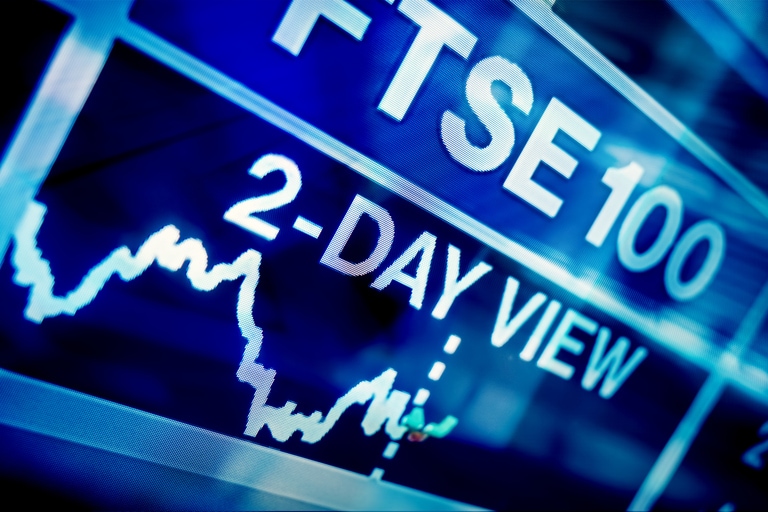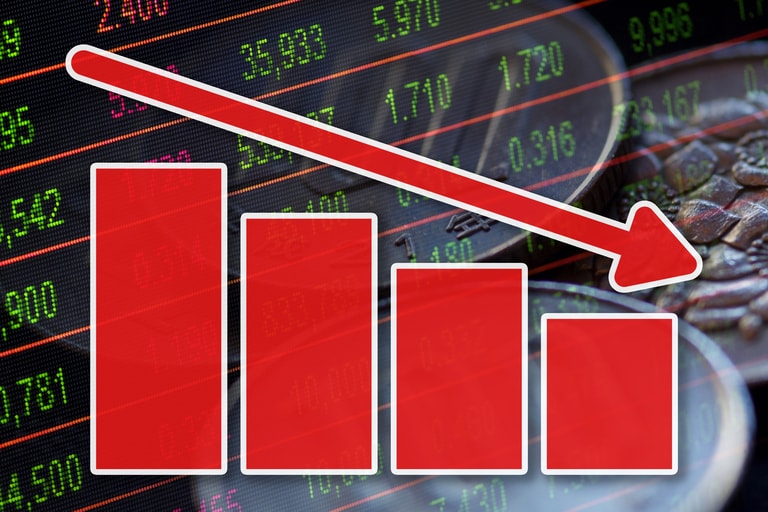European markets underwent a negative session yesterday on reports that oil flows through the Southern Druzhba pipeline, which supplies Hungary, Czech Republic, and Slovakia, had been suspended due to non-payment of transit fees.
Russia claimed Ukraine was behind the suspension because sanctions had prevented the required payment from going through.
It’s a timely reminder, if any were needed, of how vulnerable Europe is to the continued weaponisation of energy by Russia as we head into winter.
US markets also came under pressure as weakness in tech acted as a wider drag after another earnings downgrade, this time from Micron, following on from Nvidia on Monday.
This weakness looks set to translate into a cautious European open as investors look for evidence that inflation is starting to show signs of topping out.
In Germany headline inflation is set to be confirmed at 8.5% in July, while overnight China CPI came in at 2.7% for July, up from 2.5% in June. China PPI on the other hand fell sharply from 6.1% to 4.2%. The bigger than expected fall in Chinese PPI is somewhat surprising until you consider the various stop start lockdowns that have hit its economy. Thus, it’s a somewhat tougher to get a read on inflation in the world’s second biggest economy.
Today’s main focus revolves around the question as to whether we are near peak US CPI, as markets gear up for the potential for a significant move in the event of a miss either side of the headline number?
In June US CPI unexpectedly jumped sharply to a new 40 year high of 9.1%, prompting brief speculation that the Federal Reserve might be tempted to go for a 100bps rate move in July.
While the headline number grabbed all the attention it was notable that core prices fell back from 6% to 5.9%.
Speculation about a 100bps rate move in July didn’t last very long as two of the most hawkish members of the FOMC, Waller and Bullard pushed back against the idea, saying that they felt that 75bps was sufficient, however a similarly strong number today could prompt similar speculation about 100bps at the September meeting.
Since those June numbers were released, the debate has moved on a touch with concerns over a recession now getting equal weighting to concern over aggressive central bank tightening, as the US 2/10s spread inverts to its widest level in 22 years, in the year 2000.
Bond market pricing since the June CPI numbers were released has seen prices rise, and the 10-year yield fall back.
Part of the reason for the change of tack has been the belief that while the Federal Reserve is likely to continue to talk tough on inflation in the short term, and continue to hike rates into year end, they will find it difficult to continue to do so into next year.
We’ve already started to see weakness in broader commodity prices, as well as in prices paid data in recent months, which suggests that headline inflation could well have peaked in the short term. Expectations are for a fall to 8.7%, largely due to recent sharp falls in gasoline and other energy prices, however the bigger concern is with core prices which are expected to rise from 5.9% to 6.1%.
A strong number here could raise concerns about embedded inflation, and as such feed into a narrative that could see the Fed overtighten in an attempt to squeeze inflation out of the system.
EUR/USD – downtrend from the January highs remains intact, with resistance at the 1.0280 area. While below the bigger resistance at 1.0350, the risk remains for a move back towards parity, and the previous lows at 0.9950. A move below 0.9950, towards 0.9660.
GBP/USD – in a tight range, but while above the 1.1980 area, the risk is for a squeeze higher in what could be an inverted H&S formation, with a neckline just below 1.2300.
EUR/GBP – continues to edge higher, above the 200-day SMA, with the potential for a move towards the 50 day SMA at 0.8510. We still have resistance at the 0.8480 area. Support comes in at the 0.8400.
USD/JPY – currently toppy at the 135.60 area, with support at the 134.35 area and the lows this week. A slide below 134.20 could see an unwind of long positions.
Disclaimer: CMC Markets is an execution-only service provider. The material (whether or not it states any opinions) is for general information purposes only, and does not take into account your personal circumstances or objectives. Nothing in this material is (or should be considered to be) financial, investment or other advice on which reliance should be placed. No opinion given in the material constitutes a recommendation by CMC Markets or the author that any particular investment, security, transaction or investment strategy is suitable for any specific person. The material has not been prepared in accordance with legal requirements designed to promote the independence of investment research. Although we are not specifically prevented from dealing before providing this material, we do not seek to take advantage of the material prior to its dissemination.







